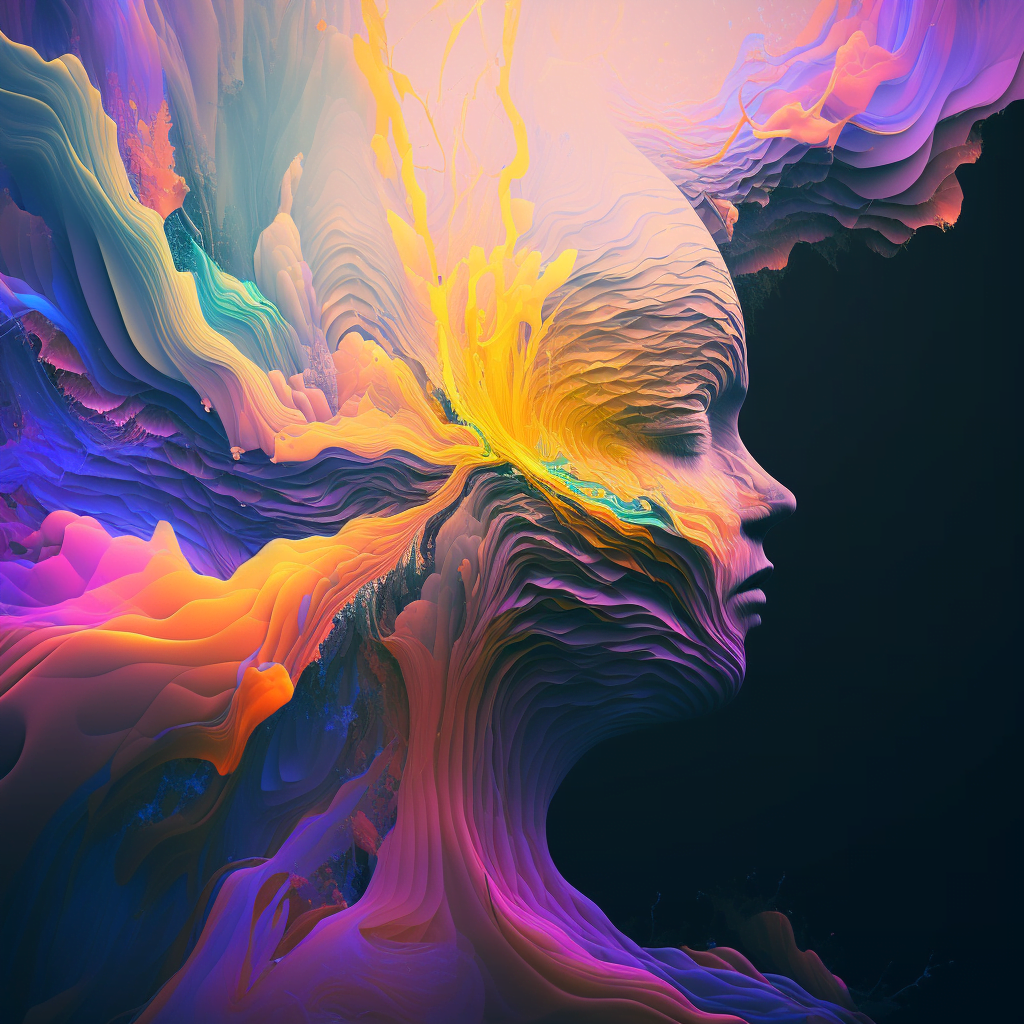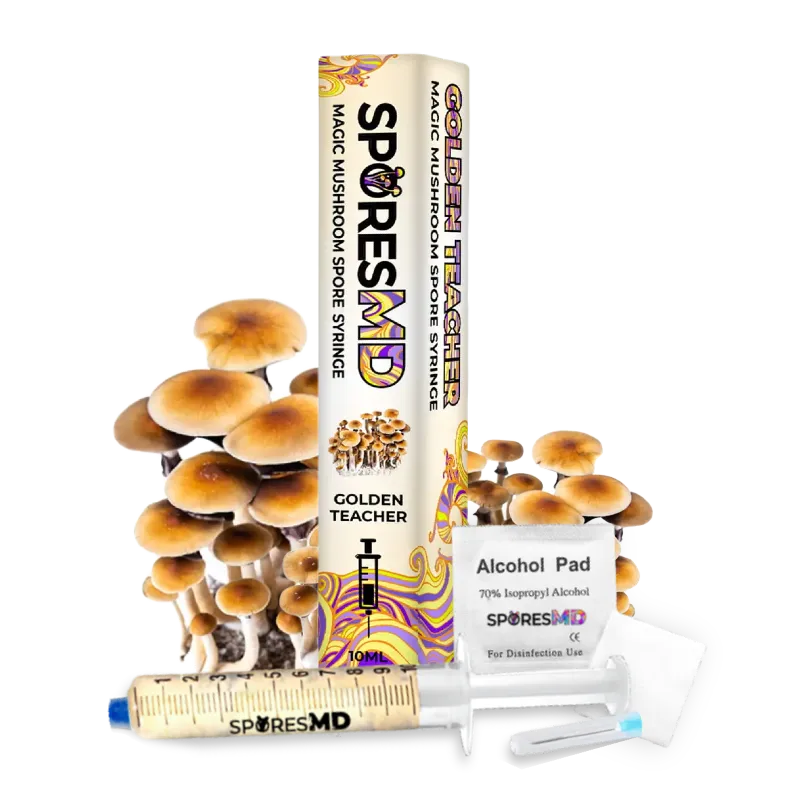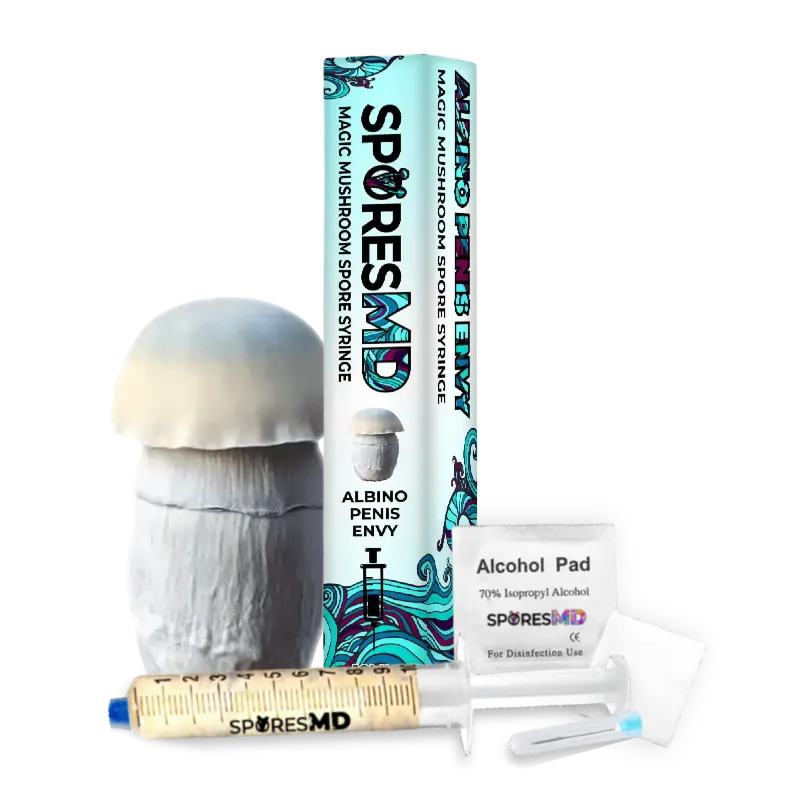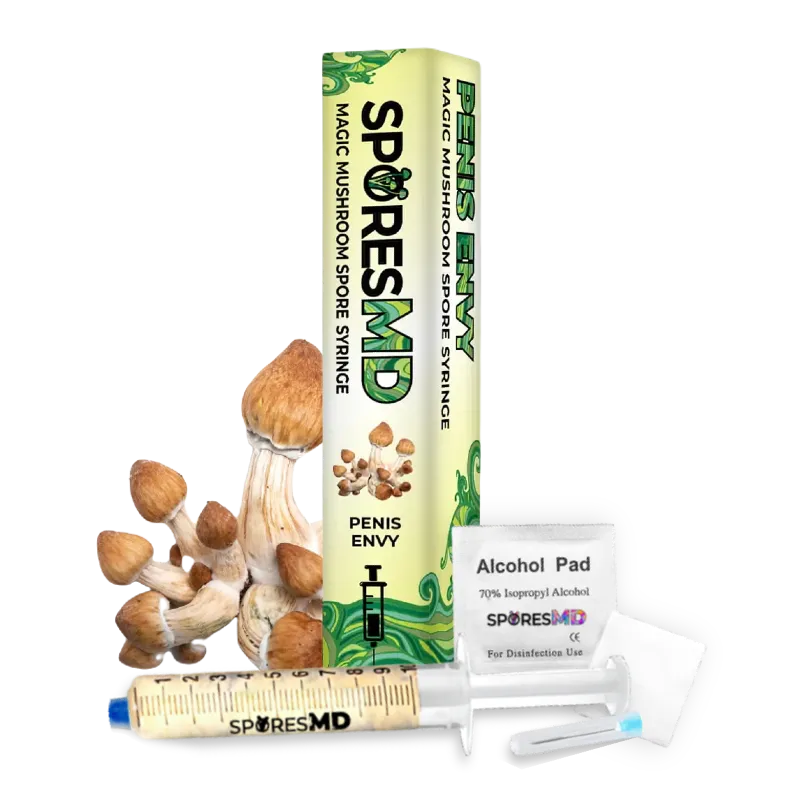Psilocybin mushroom experimentation is expanding. A psilocybin mushroom trip—or any psychedelic experience—is notoriously hard to describe. They are subjective and unique. This leaves you with either a vague memory or a collection of impressions and observations. This guide introduces psilocybin mushroom basics. First-timers can expect shock.
MENTAL PREP – AN UNDERSTATED STEP
Psychedelic trips are called “trips.” They’re huge. That’s why you need a backup plan. Indeed, nothing can compare to direct consciousness alterations. Certainly, psilocybin voyages and other “peak experiences” require preparation. Breathwork, meditation, and writing or counseling can help you handle the effects of a heavy mushroom intake. Before you start, remember that your journey may include many mental, emotional, sensory, and physiological sensations.
Psychedelic experiences are indescribable, but you can prepare. Psychedelic experiences are shaped by set (mindset) and setting (later). Robin Carhart-Harris calls these factors your “internal and outward context” of psychedelics. Your thoughts affect your emotions and body. Psilocybin mushrooms can be utilized safely even if you’re not feeling 100% happy (psychedelic-assisted treatment wouldn’t work otherwise). When taking mushrooms, be aware of how you feel.
Feeling sad or agitated suggests things may worsen before they improve. Failures are lessons. Johns Hopkins University professor Roland Griffiths found that most people find a silver lining amid misfortune. They enrich many people’s lives.
Mushrooms benefit from a goal. Psychedelic experiences with an aim have been described as the most useful.
Our daily lives compel us to lie to ourselves about being happy, fulfilled, and healthy. Psilocybin can penetrate these masks and expose our true feelings. Hence, before working with mushrooms, you must be honest about your mental health and emotions. Setting goals to improve can lead to a life-changing event.
THE COMPANY YOU KEEP

The “setting”—the environment and the people in it—determines the other half of a psychedelic experience. Meeting people and visiting places might change your journey. If you have a major consciousness shift, surround yourself with encouraging people and familiar things.
Outside helps. Find a quiet spot in the woods to unwind. It’s also crucial to verify the weather prediction and avoid big cliffs while traveling. Some like a cozy house. Incense, candles, and soft blankets and pillows might help relax you. Some people burn sage or Palo Santo before traveling to clear the space. Think about your ideal scenario.
Traveling with trustworthy people is crucial. First-time solo trips are stressful. The safest way is to stay sober with someone who has tripped previously and can help psilocybin users. Traveling safely and comfortably is covered here.
HOW ABOUT – LETS NOT…
Though obvious, these are some things you shouldn’t do while high on psychedelics. Never drive. Psilocybin affects cognition, decision-making, and motor control. Avoid risky activities.
Psilocybin is still a Category 1 drug of abuse in the US and worldwide, therefore avoid police enforcement. Since California and New York are considering legalization and decriminalization, this may change. Stay alert for now.
Though less dangerous than other hallucinogens, psilocybin should not be used to make life-changing decisions. Before buying that country property or telling someone how you feel, focus yourself and assimilate your experiences (maybe with the help of an integration coach).
DECIDING HOW TO CONSUME
Magic mushrooms are chewed and swallowed. Mushrooms can be made into tea or savory or chocolate dishes. If you like gourmet mushrooms, you should like these dried mushrooms, which are chewy and earthy.
Dried mushrooms with lemon juice are becoming more popular. This “lemon tek” technique can speed up and intensify a trip, according to anecdotes. It’s not for beginners. Start with LSD and mushrooms without amplifying them.
Smoking magic mushrooms has dire repercussions. Heat destroys psilocybin. Never inject mushrooms. ER visits are the only result.
Measure your mushrooms with precision scales until you get better. Always a good idea if you want a moderate vacation. Even experienced psychonauts are surprised while “eyeballing” their dose.
Start gently and low-dose with psychedelics. Psilocybin might affect two people of the same weight differently. No matter your skill level, don’t take more risk than you can. It’s not a competition.
HOW LONG WILL IT LAST – TRIP LONGEVITY
Psilocybin usually lasts four to six hours, with the first two hours being the strongest. Decompression is usually slow and easy.
Understanding that psychedelic intensity fluctuates is key. Hence, what you think is the end of your trip may simply be a brief decrease in effects.
Psilocybin mushrooms take 10–40 minutes to start working, depending on preparation. Any early changes are likely due to the placebo effect. Mushrooms may take longer to work. Take more if you haven’t felt anything yet.
WHEN WILL THEY KICK IN
Microdoses can seem slower than bigger dosages due of their subtlety.
Psilocybin trips are unique to each person, including the “come-up” phase. Some folks suddenly get a yawn, clammy hands, or a shiver. Most patients experience nausea at the start. Eating mushrooms on an empty stomach, preparing a tea, or using the lemon tek method can reduce nausea. Nausea is usually short-lived. After initial uneasiness and pain, the benefits will gradually appear. Despite subtle cognitive patterns, you can probably know you’re tripping by examining your environment. When you take magic mushrooms, your ability to discern their come-up effects from other emotions like enthusiasm and anticipation will improve.
Bright colors may glow. All surfaces will shine and feel luxurious. Your smile or laughter may spread. A flash of color or light at the corner of your eye may indicate a visual problem. Anytime this occurs, you should expect the trip to start in earnest.
WAIT, WHAT’S HAPPENING?
If you measured your microdose accurately, your first effects will last a few hours and then fade away. If you’ve taken a lot, expect more. First-time mushroom or hallucinogen use can be amazing. Everyday things, feelings, and concepts may seem new. When your mind and perceptions are new, it can be hard to focus on anything else. If this happens, don’t worry. Wisdom and life experience help one focus on goals or explore their own feelings, beliefs, and convictions. Even experienced psilocybin users can be surprised by moments of beauty, amazement, or difficulty.
You decide how the adventure ends. Some experiences are more emotional or intellectual than visual. Exploding color mandalas and other odd visions may not appear. Neither you nor the mushrooms failed. My most life-changing experiences were blind.
Mushrooms in moderate doses can cause:
- Color, size, and depth distortions
- Geometric or organic objects’ visual auras.
- Deepening musical appreciation
- Internal clock changes
- Feeling emotions, pleasant or negative, intensely or distantly (sometimes both)
- cognitive alterations that alternate jumbledness and clarity
- Revealed relationships
- Losing oneself in the world
- Religious insight
- Less clutter lets your eyes focus on the visuals. Psychonauts who use psychedelic-assisted therapies, which could revive modern psychiatry, prefer to travel in darkened rooms or with eye covers.
Higher doses accentuate these traits. Kaleidoscopic patterns and synesthesia can occur without closing your eyes (e.g., seeing sounds as colors). It’s easy to have conflicting views and opinions when you’re emotionally down. You may have a spiritual awakening. Roland Griffiths found that mystical encounters might have lasting spiritual and personal importance. An individual’s ego can undergo drastic and unexpected modifications, resulting in oneness with others, nature, and the cosmos. These occurrences can cause extreme joy, awe, or fear.
Several people describe feeling transcendent when consumed in big amounts, though articulating this state of mind is difficult. This part of the trip lasts three hours at a moderate dose and six at a high dose. From the outside, it’s hard to understand another traveler’s experience. They might be shy or energetic. Their erratic thoughts make dialogue tough. Their equilibrium and coordination may be off.
Whether you’re traveling or helping someone else travel, psilocybin has few major physical negative effects. Mushroom users should be left alone unless they are a danger to themselves or others. Being there, staying calm, and not judging is the greatest approach. Psilocybin’s effects usually fade after three to four hours, depending on dose and high onset. Microdoses usually have a gradual, scarcely noticeable afterglow. With moderate to high doses, intense feelings may decrease in waves. Anticipate one last mini-peak before effects diminish.
Psilocybin mushroom experiences end with quiet, introspective, and optimistic downtime. Many people say they stayed in a happy mood following their psilocybin mushroom trip, but your trip’s aftereffects, especially the downtime, will be unique to you. After a thrilling adventure, you’ll be fatigued. Some folks feel energized and want to talk, as if they have something they couldn’t say before. Magic mushroom users often feel relieved, as if a load they didn’t realize was lifted.
Talking to a buddy over tea can help during a rough patch. After the exhilaration, many people perform light tai chi or yoga to ground themselves. Once you find something that works, do it quietly and gently until the effects wear off.
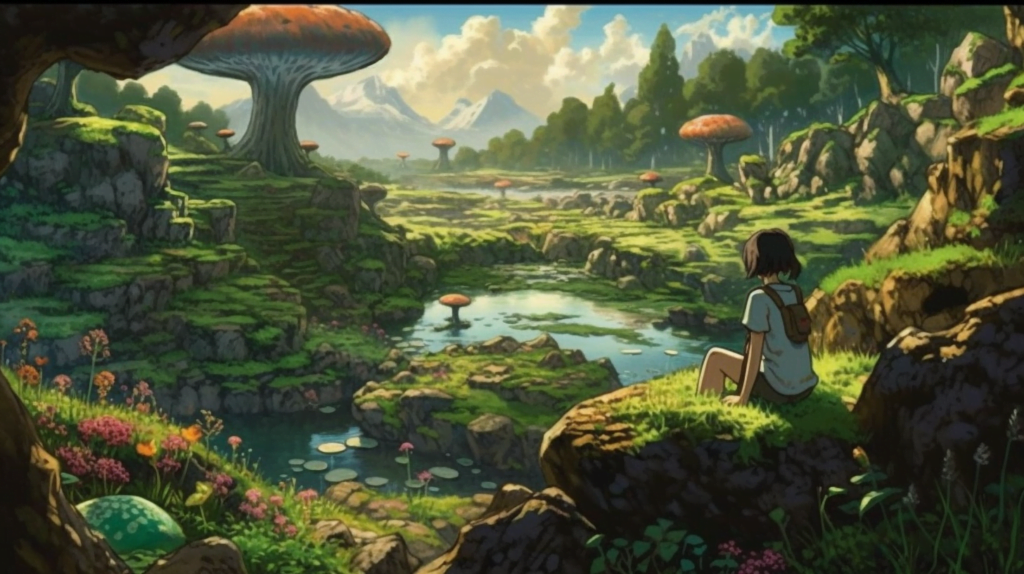
POST TRIP INTROSPECTION
Mushroom psilocybin can expand your worldview. For the next few days, write down your travel thoughts, emotions, and experiences. Throughout the next week, monitor your feelings as the afterglow of consciousness peaks. Did your life outlook change? Have your emotions changed? “Integration” involves recalling past events and processing how they made one feel. After a trip, it’s crucial to use what you learned. Share your tale to help integrate your new understanding. If you’ve recently returned from a difficult or baffling event or feel like no one understands your new worldview, an integration specialist or community integration circle can help. Mushrooms won’t help. Nonetheless, viewing the trip as a learning opportunity and using appropriate integration tactics will maximize your experience. Roland Griffiths and Matthew Johnson found that healthy participants profited best from combining psilocybin with meditation or spirituality.
Most folks are curious about their next mushroom excursion. As with all traditional psychedelics, your neurochemistry adjusts to psilocybin-induced serotonin changes. A few days later, the same dose had little effect. We need time to comprehend these occurrences and develop a new psychological equilibrium. If you microdose every three days, take two-week intervals every four to six weeks, depending on your schedule. High doses should be separated by four weeks.
If you use moderate-high and microdosing approaches, avoid microdosing at least a week before and after a full-blown psychedelic experience. Even the conservative National Institute on Drug Addiction has agreed that psychedelics do not cause physical dependence, therefore taking a break will not cause withdrawal symptoms.
CONCLUSION
So there you have it, folks! With these tips and tricks, you’ll be well on your way to having the best psychedelic trip of your life. Remember, preparation is key, and always choose your setting and company wisely. And if all else fails, just sit back, relax, and let the shrooms take you on a wild ride. Happy tripping!

